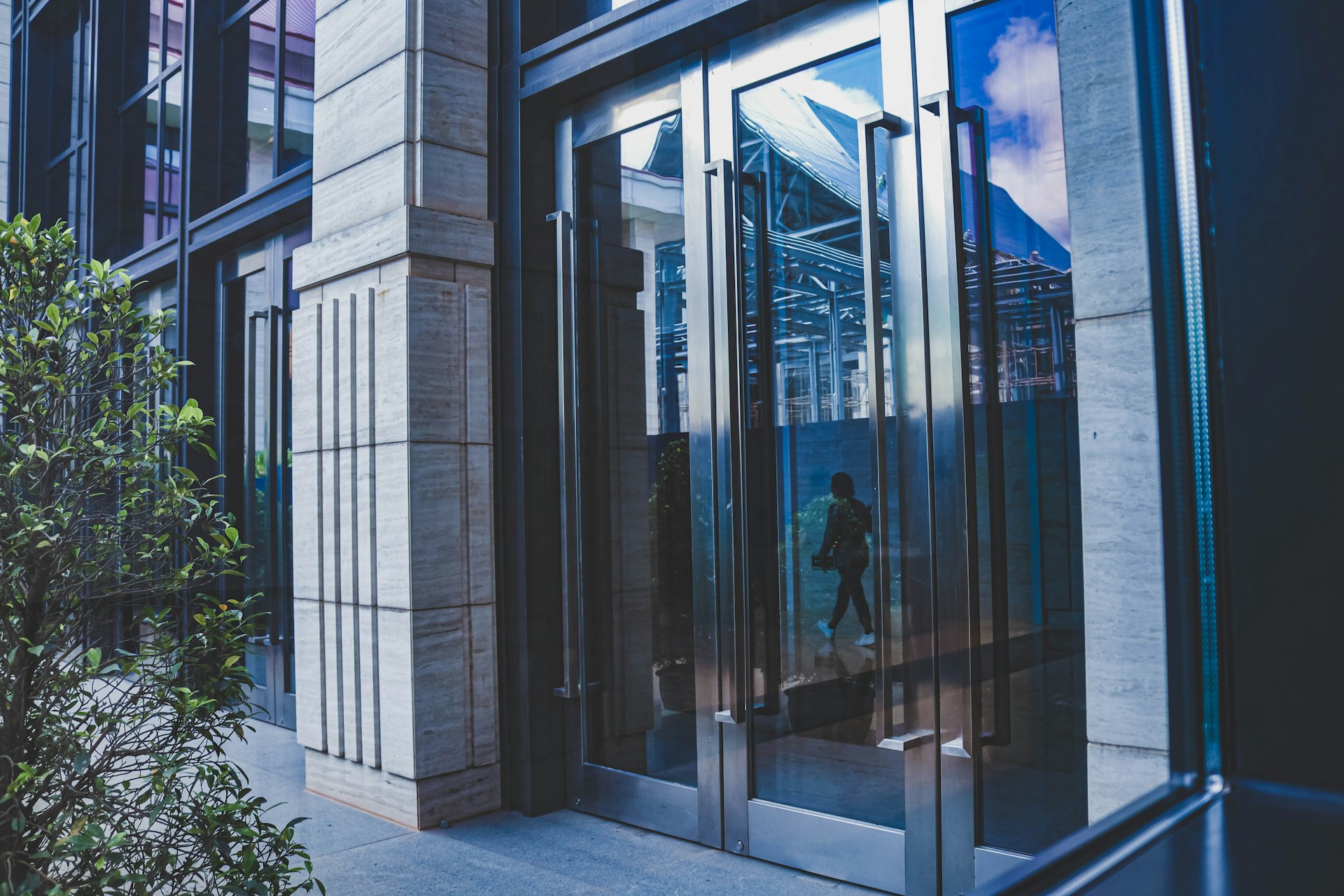Benefits of Balanced Doors in Modern Architectural Design
Contents
Key Takeaways
- Understand the concept and functionality of balanced doors.
- Explore the benefits of balanced doors in different settings.
- Discover how balanced doors contribute to energy efficiency and aesthetics.
- Learn about the role of balanced doors in building accessibility and security.
Introduction to Balanced Doors
Balanced doors are revolutionizing modern architectural design, offering a unique blend of form and function. Unlike traditional doors that pivot on hinges, balanced doors operate through a sophisticated mechanism where the pivot point is set closer to the center of the door. This reduces the effort needed to open or close the door, making it an ideal choice for areas with high foot traffic and for fulfilling ADA compliance requirements.
Functionality and Mechanism
How Do Balanced Doors Work?
Balanced doors utilize a unique pivot mechanism that minimizes the force required for operation. The pivot point, usually set at approximately 2/3 of the door’s width, allows the door to swing smoothly with minimal resistance. This mechanism effectively balances the door’s weight, distributing it evenly and reducing the wear and tear on components over time. This not only increases the longevity of the door but also provides a seamless experience for users. According to ArchDaily, balanced doors are particularly advantageous for buildings with large or heavy doors owing to this superior weight distribution. For example, balanced doors like those provided by Dawson Doors New York are designed to enhance user experience and improve the accessibility of various architectural environments.
Enhanced Energy Efficiency
One of the standout features of balanced doors is their ability to contribute significantly to a building’s energy efficiency. Traditional doors often leave gaps that allow air to escape, increasing the heating and cooling system workload. Balanced doors, however, close with a tighter seal, reducing air leakage and helping maintain stable interior temperatures. This is especially crucial in commercial buildings, where energy efficiency can lead to considerable cost savings. By minimizing the escape of conditioned air, balanced doors help reduce energy consumption, making them a sustainable choice in modern architecture.
Aesthetic Considerations
Balanced doors do more than function efficiently; they also enhance the aesthetic appeal of any building. These doors can be crafted from various materials, including glass, metal, and wood, and can be finished to match the specific design requirements of a project. The customized nature of balanced doors means architects and designers can achieve a cohesive and elegant architectural look that complements the building’s overall aesthetic. According to Architectural Digest, these doors not only bring a modern touch to a building’s facade but can also be tailored to fit the thematic elements of the structure, making them a versatile design choice.
Accessibility and Inclusivity
Another critical advantage of balanced doors is their contribution to accessibility and inclusivity. The reduced force required to operate these doors makes them more accessible for people with physical disabilities. This is particularly important for ensuring compliance with the Americans with Disabilities Act (ADA) and other international accessibility standards. By incorporating balanced doors into the design, architects can create a more inclusive, easily navigable environment for all individuals, regardless of their physical capabilities. This enhances user experience and ensures that buildings are accessible to a broader audience.
Safety and Security
Why are Balanced Doors Safer?
The design of balanced doors also significantly enhances a building’s safety and security. The unique pivot mechanism allows for controlled opening and closing, preventing accidental slamming and reducing the risk of injury. Additionally, many balanced doors are equipped with advanced locking systems that provide an extra layer of security. These locks are often integrated into the door’s mechanism, making them more tamper-resistant than traditional locks. In high-security environments, the robustness of balanced doors offers a reliable barrier against unauthorized access and potential intrusions.
Application in Various Settings
Balanced doors are incredibly versatile and can be applied in various settings. They are commonly used in commercial buildings, retail spaces, airports, and public institutions due to their durability and ease of operation. However, balanced doors are also making their way into residential properties, where they can add a touch of modernity and enhance the user experience. Architects appreciate balanced doors’ flexibility, as they can be adapted to fit different architectural styles and functional needs, making them a popular choice for both new constructions and renovation projects.
Conclusion
Incorporating balanced doors into modern architectural design offers many benefits, from improved energy efficiency and accessibility to enhanced security and visual appeal. With the increase in need for creative and eco-friendly building options, balanced doors are set to become a common feature in new and renovated buildings. Their special mix of practicality and visual attractiveness adds value to any building project, ensuring that structures are pleasing, effective, and easily accessible to everyone.

